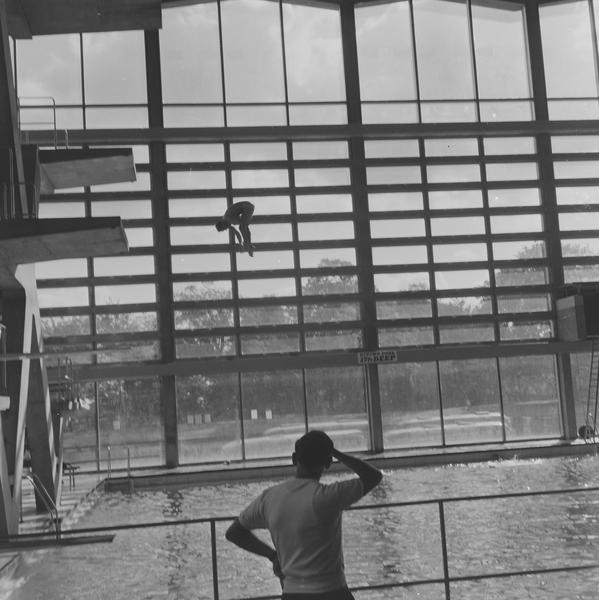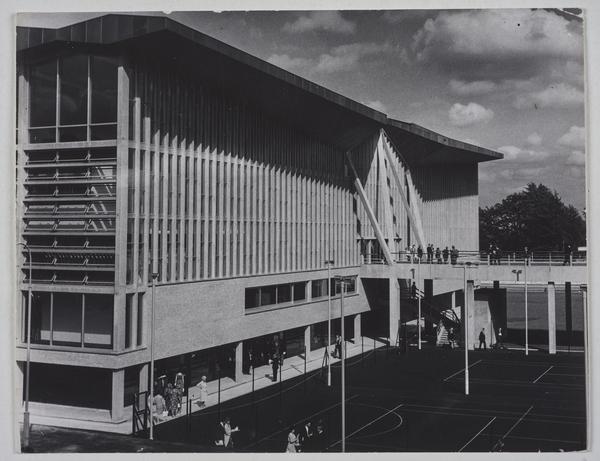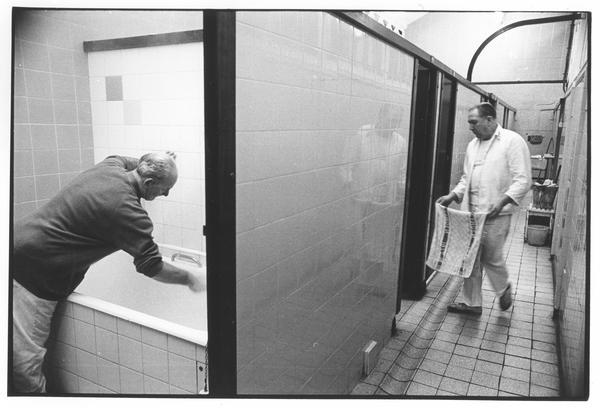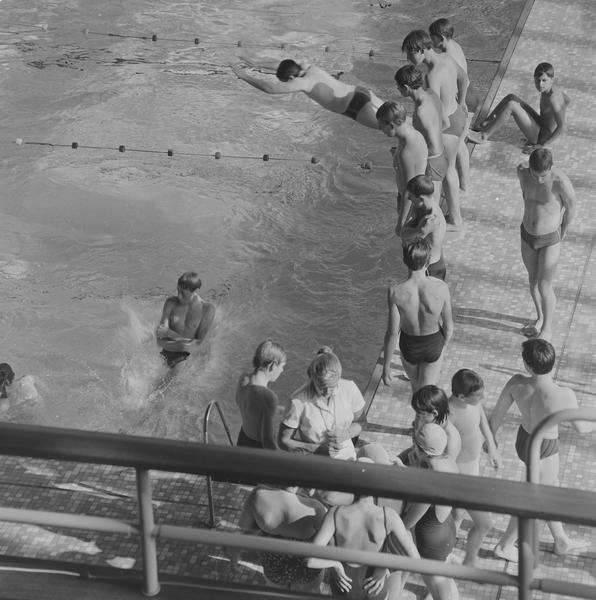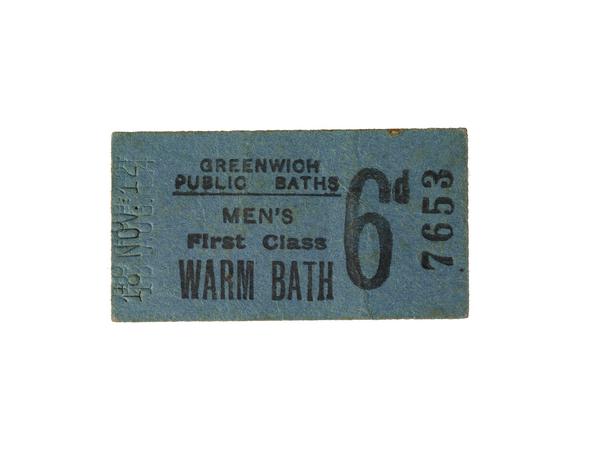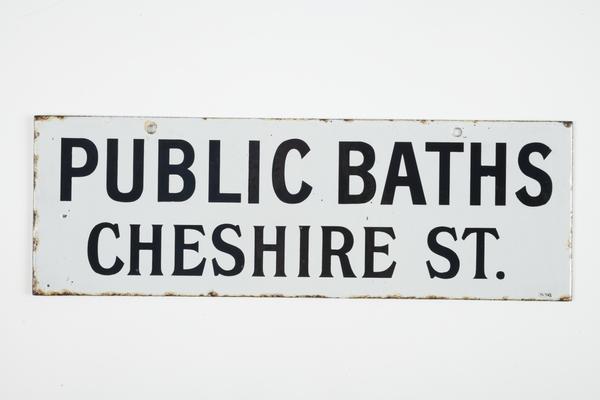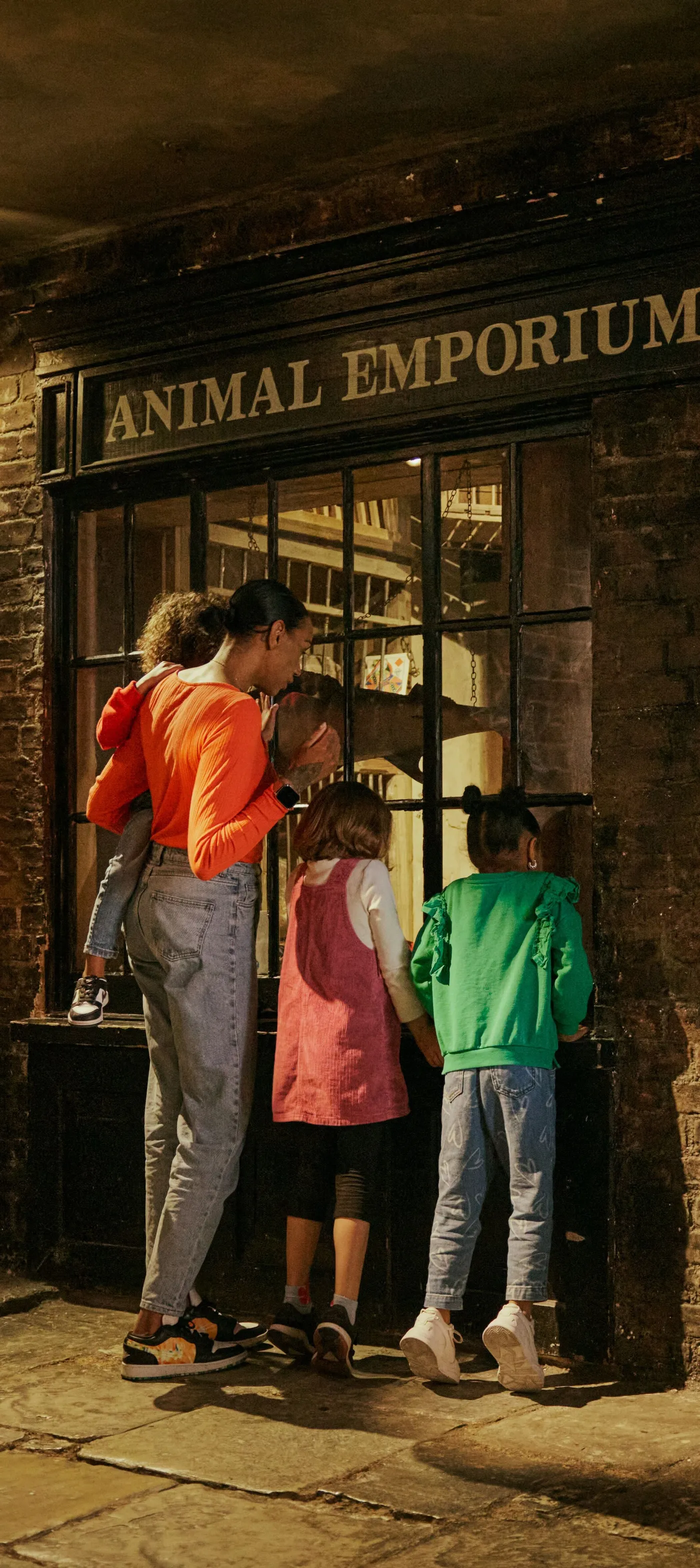Plunge into the past of London’s indoor pools
London’s first indoor swimming pools were in the public baths where people washed. Now, thanks to the swimming revolution of the last two centuries, London’s swimmers can take their pick from old-world spas, futuristic leisure centres and Olympic pools.
Across London
Since 1743
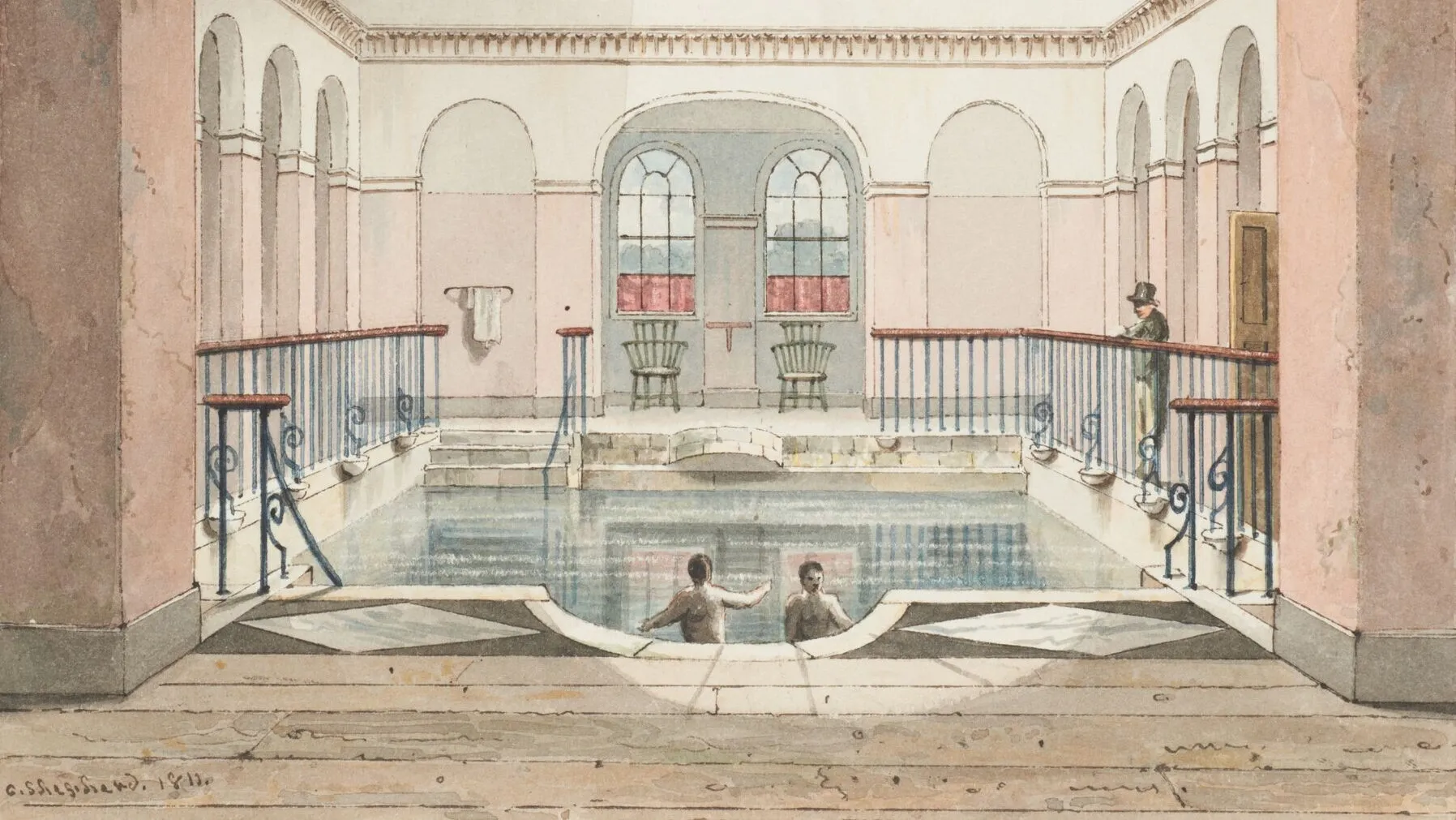
The Peerless Pool, Finsbury, 1743–1850
Natural springs in this area of north London once formed the ‘Perilous pond’, named for its supposed risk of drowning. In 1743, the Peerless Pool Baths opened, using the springs for outdoor and indoor pools and two fish ponds. Poor Londoners couldn’t afford it, and the lack of heated water limited winter use. But even by 1840, it was one of very few places in the capital for indoor swimming. Men bathed naked at this time, something that only began to change in the 1850s.
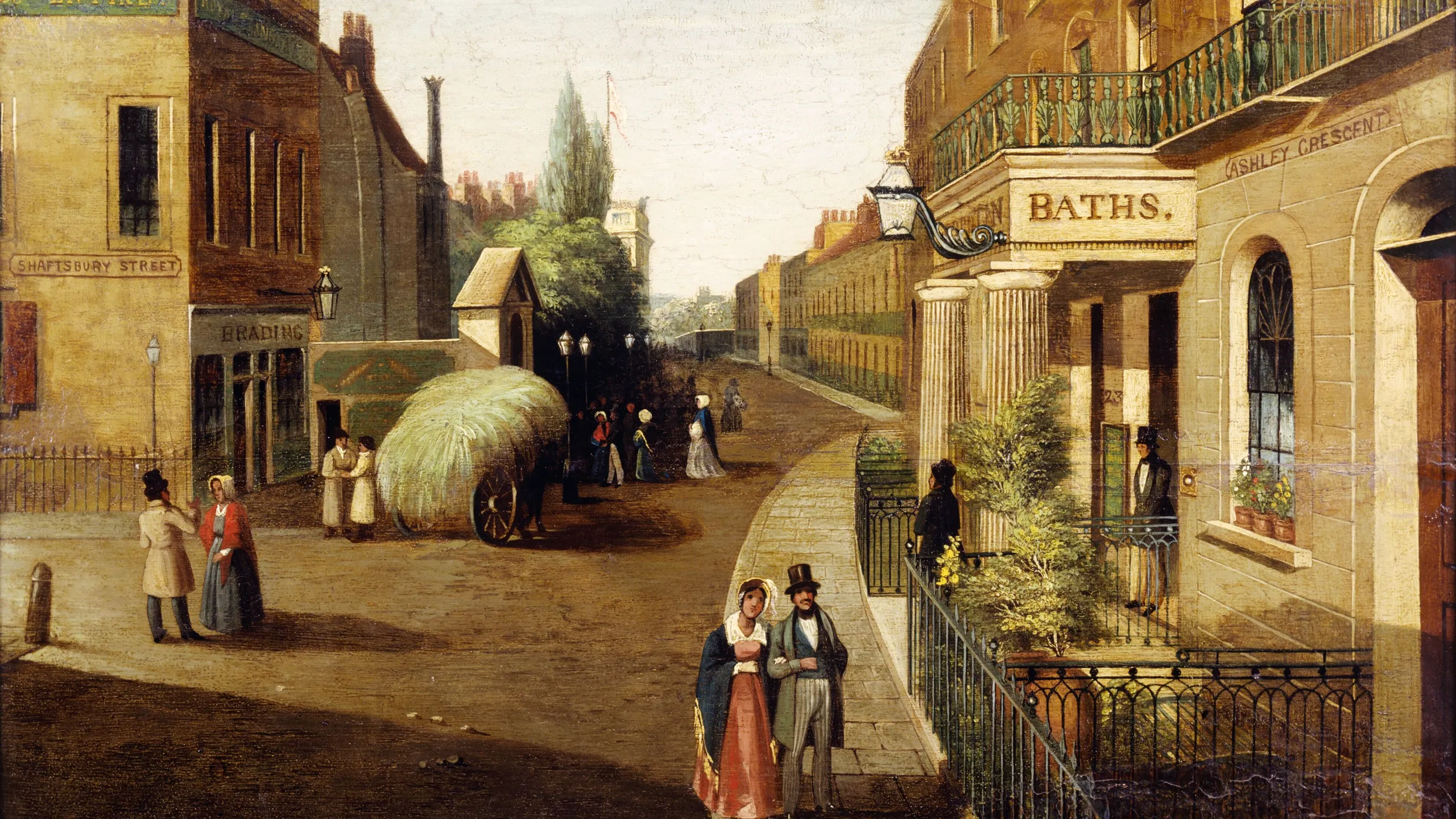
Metropolitan Baths, Hoxton, around 1842–1905
The entrance to these baths was on Ashley Crescent, now Shepherdess Walk. It advertised “tepid and cold swimming baths”, as well as gas lighting and “the purest spring water”. This would “allow the swimmer the lengthened enjoyment of his art, and enable the learner to practice in summer or winter”. The Victorians promoted the building of public baths for hygiene, but swimming also became more popular.
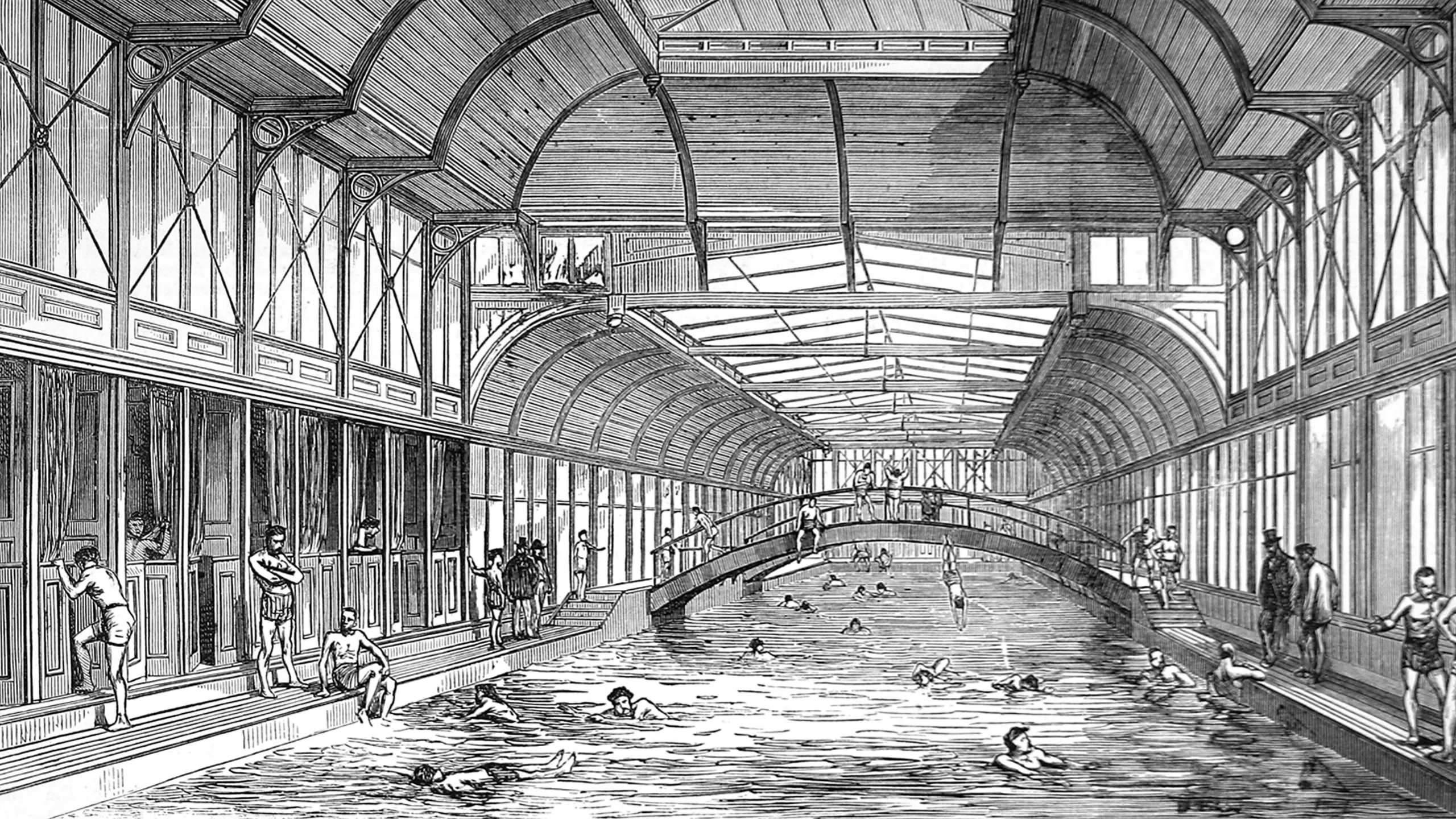
Charing Cross Floating Bath, 1870s–1884
A pool unlike anything in London today, this floating wonder was moored on the River Thames by Hungerford Bridge. Essentially a boat filled with water, it had a glass roof, changing rooms and a 40-metre-long pool.
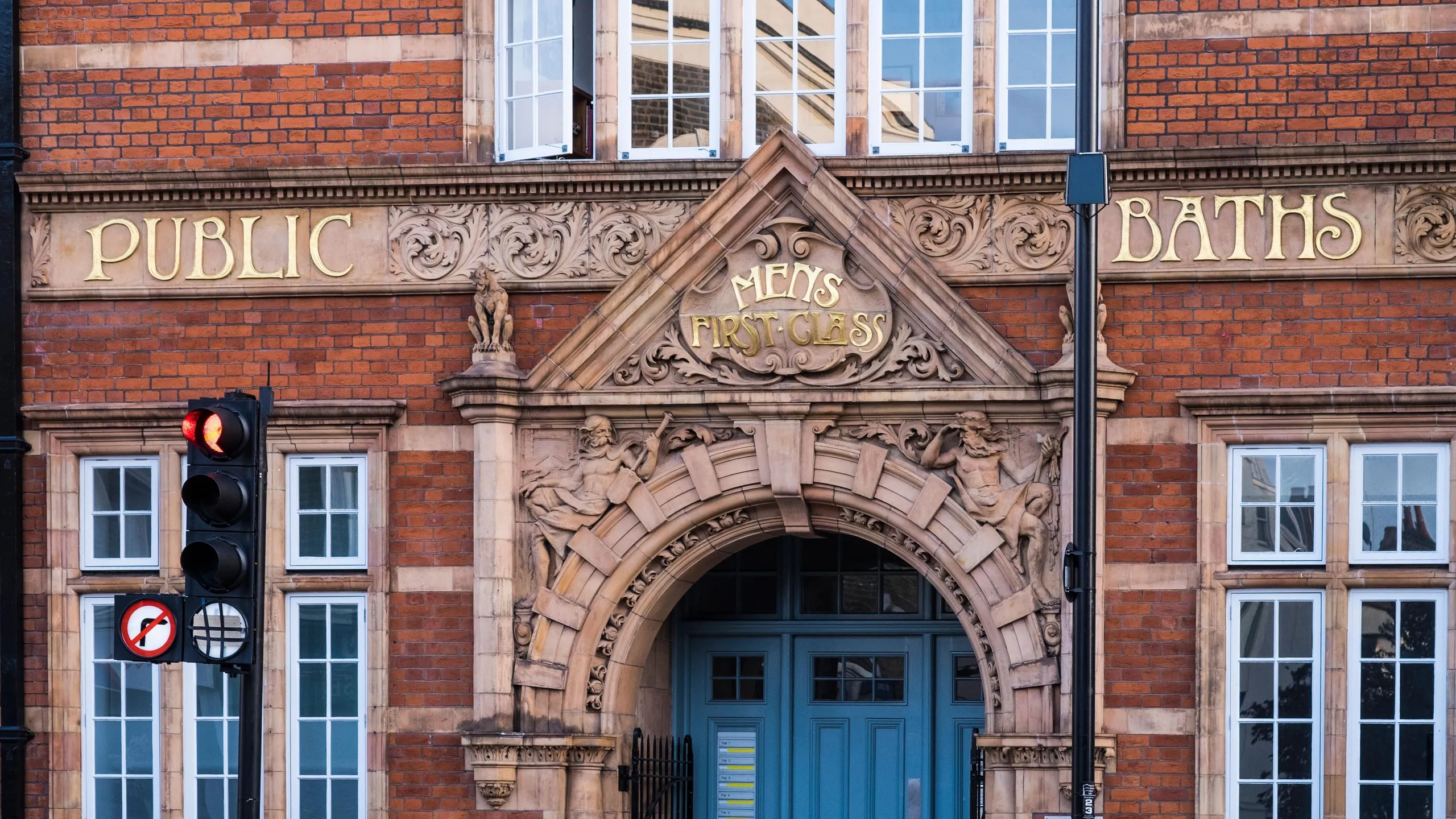
Kentish Town Sports Centre, opened 1901
Restored and reopened in 2010, this swimming hub has seen significant changes over the past century. Opened in 1901 as St Pancras Baths, its many pools were labelled as first or second class, and men- or women-only. Mixed bathing was introduced in 1911. The baths were also designed to function as a public hall, hosting performances, meetings and exhibitions. By 1960, much of the original Victorian interior was hidden by alterations, but has now been revealed again.
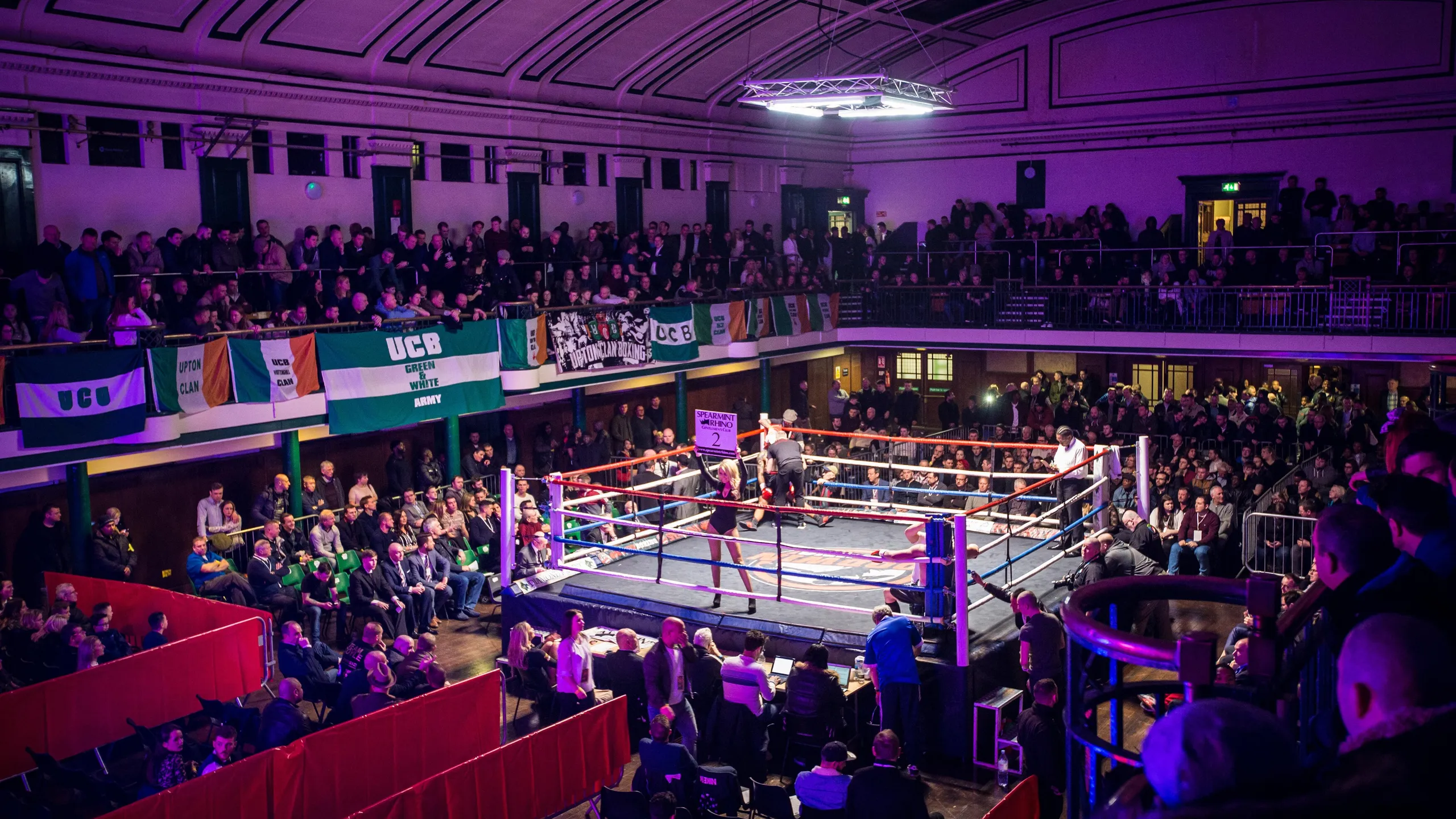
York Hall, Bethnal Green, opened 1929
Many pools in London were regularly covered in the winter to host boxing matches. Boxing eventually landed a knockout blow to the main pool at east London’s York Hall, which was boarded over permanently in 1950. Fortunately, the smaller pool survived. York Hall’s Turkish and Russian baths were another draw for East Enders, including, supposedly, the criminal Kray twins.
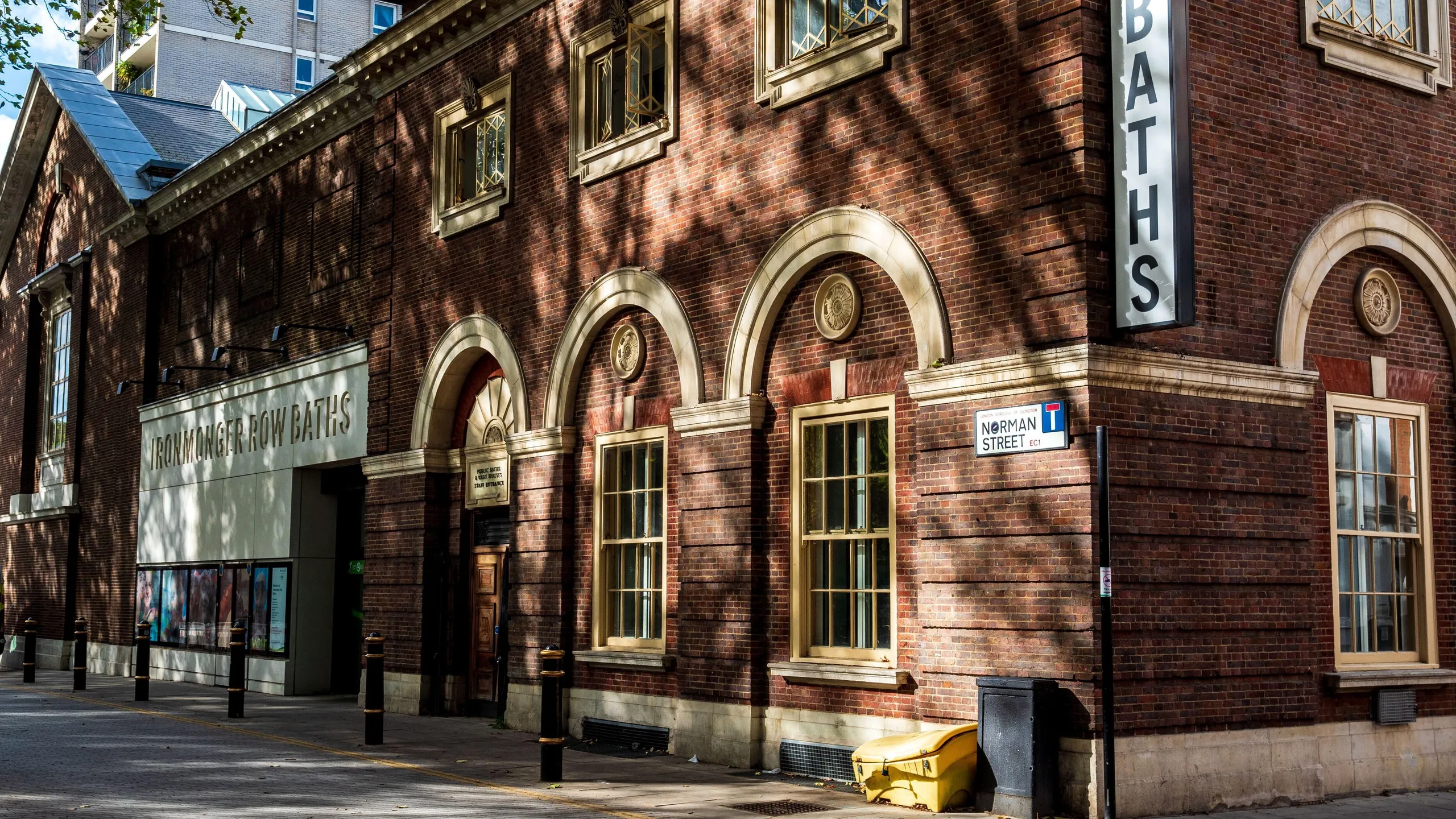
Ironmonger Row Baths, Islington, opened 1931
In 1928, a survey in the old borough of Finsbury (now part of Islington) found that only 4% of homes had baths. Ironmonger Row was the response. At first, it had hot-water slipper baths for men and women – personal tubs shaped like a boot, which remained in use at many public baths until the 1950s. The Turkish baths and a pool added in 1938 remain open today.
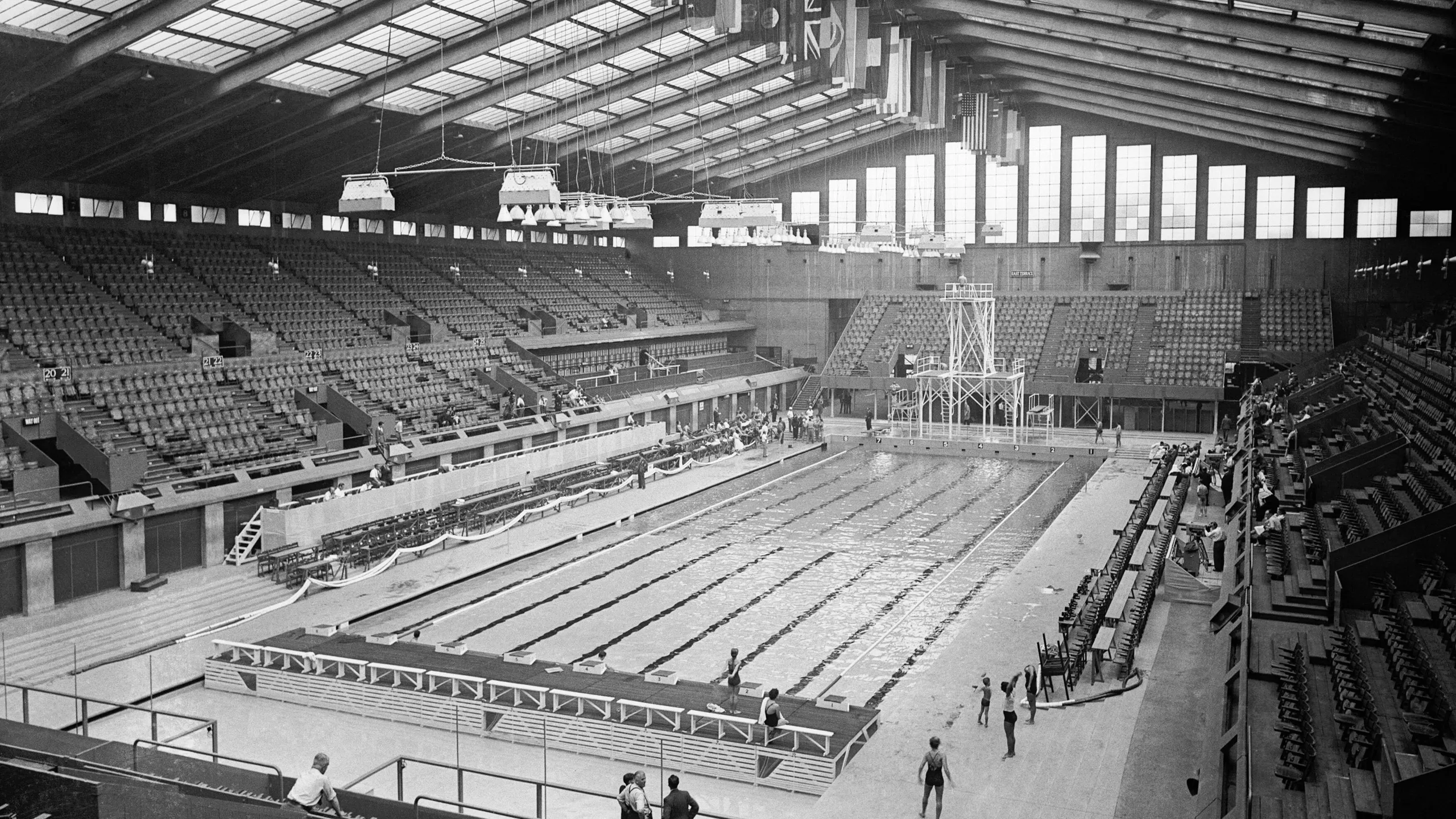
Empire Pool, Wembley, 1934–1948
Built for the 1934 Empire Games, the Empire Pool was then the largest indoor pool in the world. It was used in the 1948 Olympics and, far more importantly, featured the first wave machine in Britain. The Empire Pool was designed for more than swimming. When covered, it hosted ice hockey, tennis and even a circus. It was eventually converted into Wembley Arena, a venue that can hold over 10,000 people.
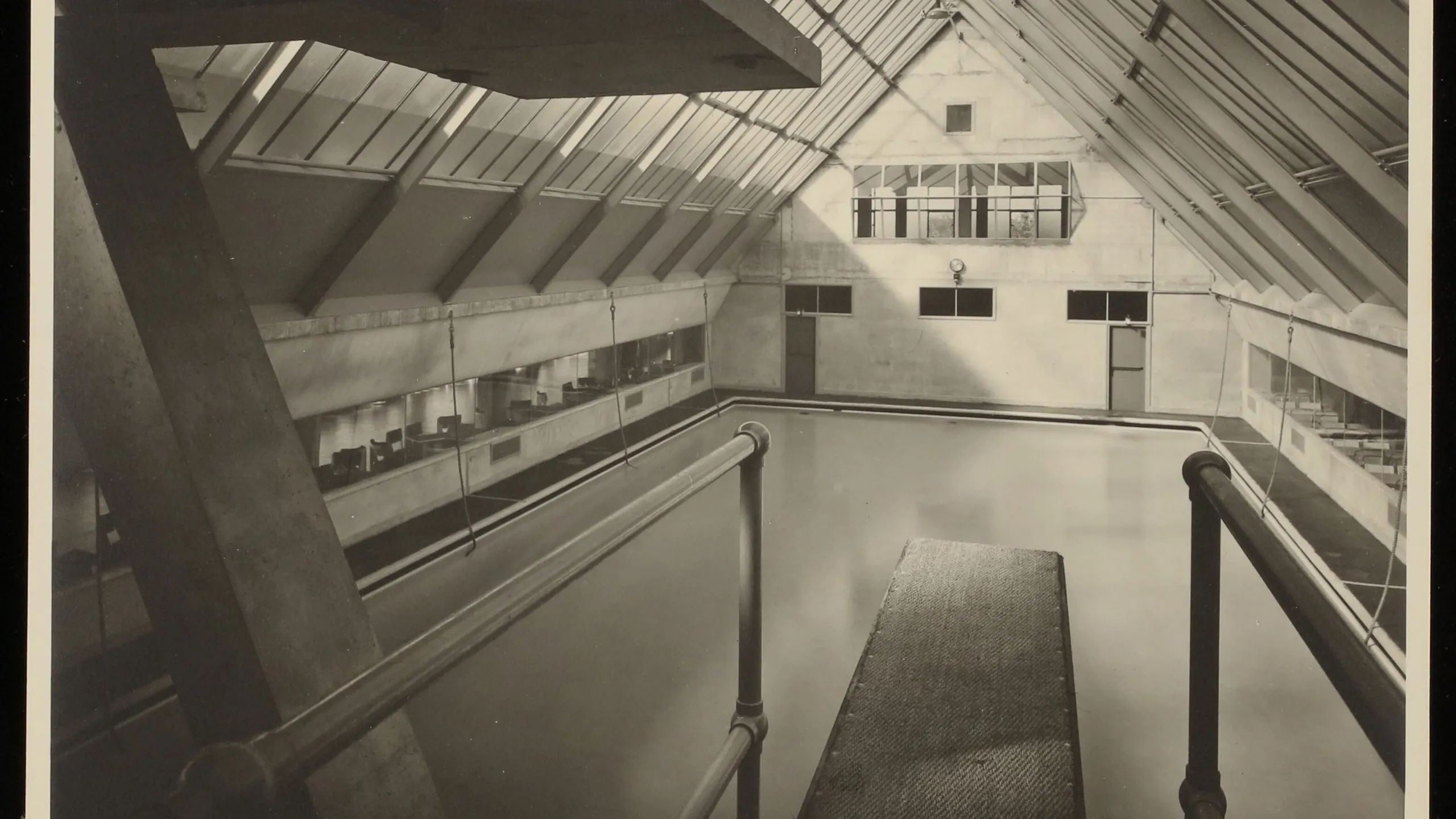
Pioneer Health Centre, Peckham, 1935–1951
This modernist health centre was built to champion healthy living as part of the ‘Peckham Experiment’. Run by two local doctors, the experiment tested the progressive idea that ‘prevention is better than cure’. Local families had access to a swimming pool, gym and cafeteria, and had regular health checks from the doctors. Having been converted into flats, the pool is now open to residents only.
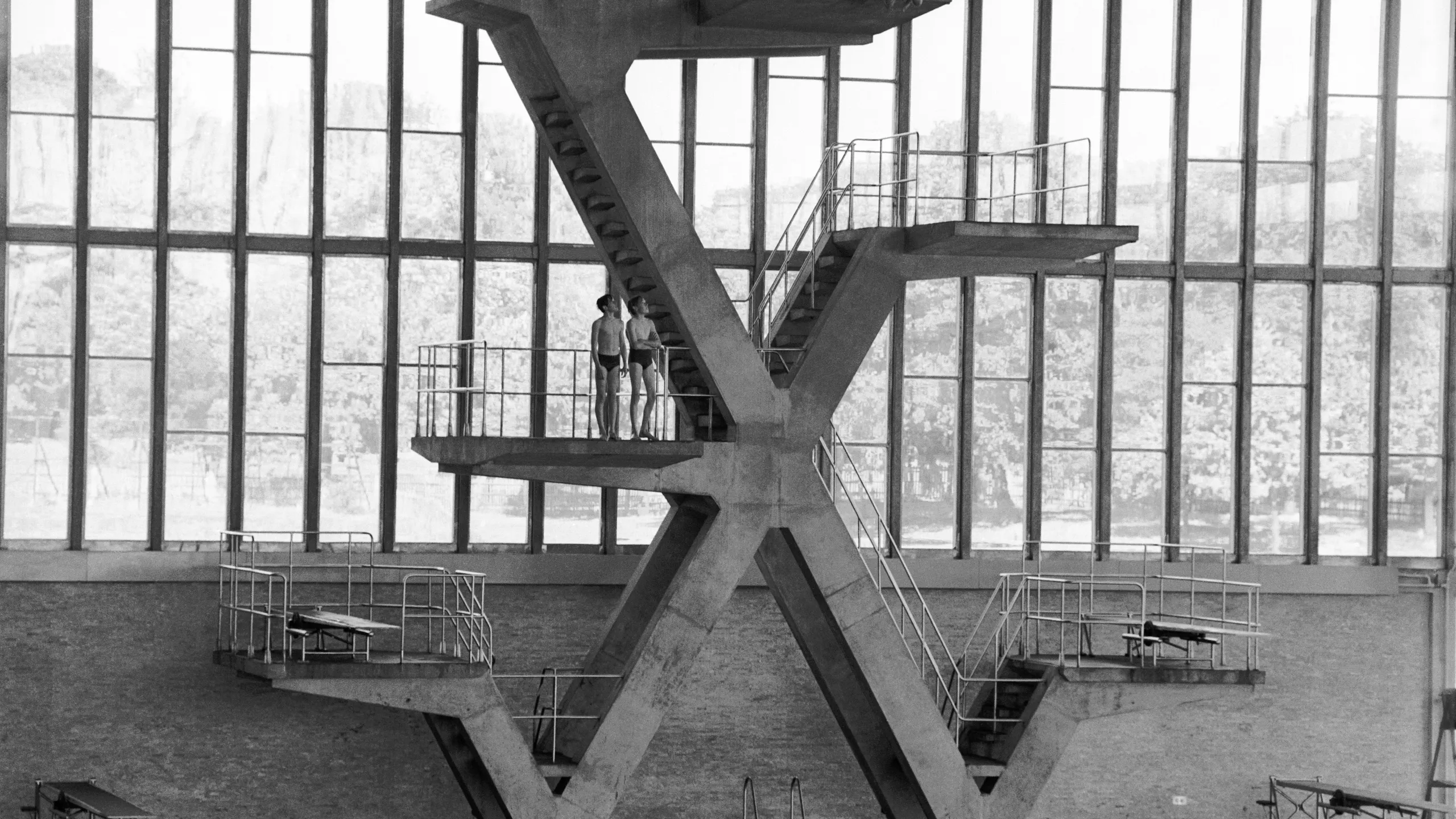
Crystal Palace National Sports Centre, opened 1964
Located in Crystal Palace Park in south London, this centre has facilities for all kinds of sports, including athletics, football, tennis, hockey, beach volleyball and swimming. Along with a confident, sleek 1960s design, the building has a long sporting history, having hosted a variety of national and international competitions. A major refurbishment is planned to be completed by 2028.
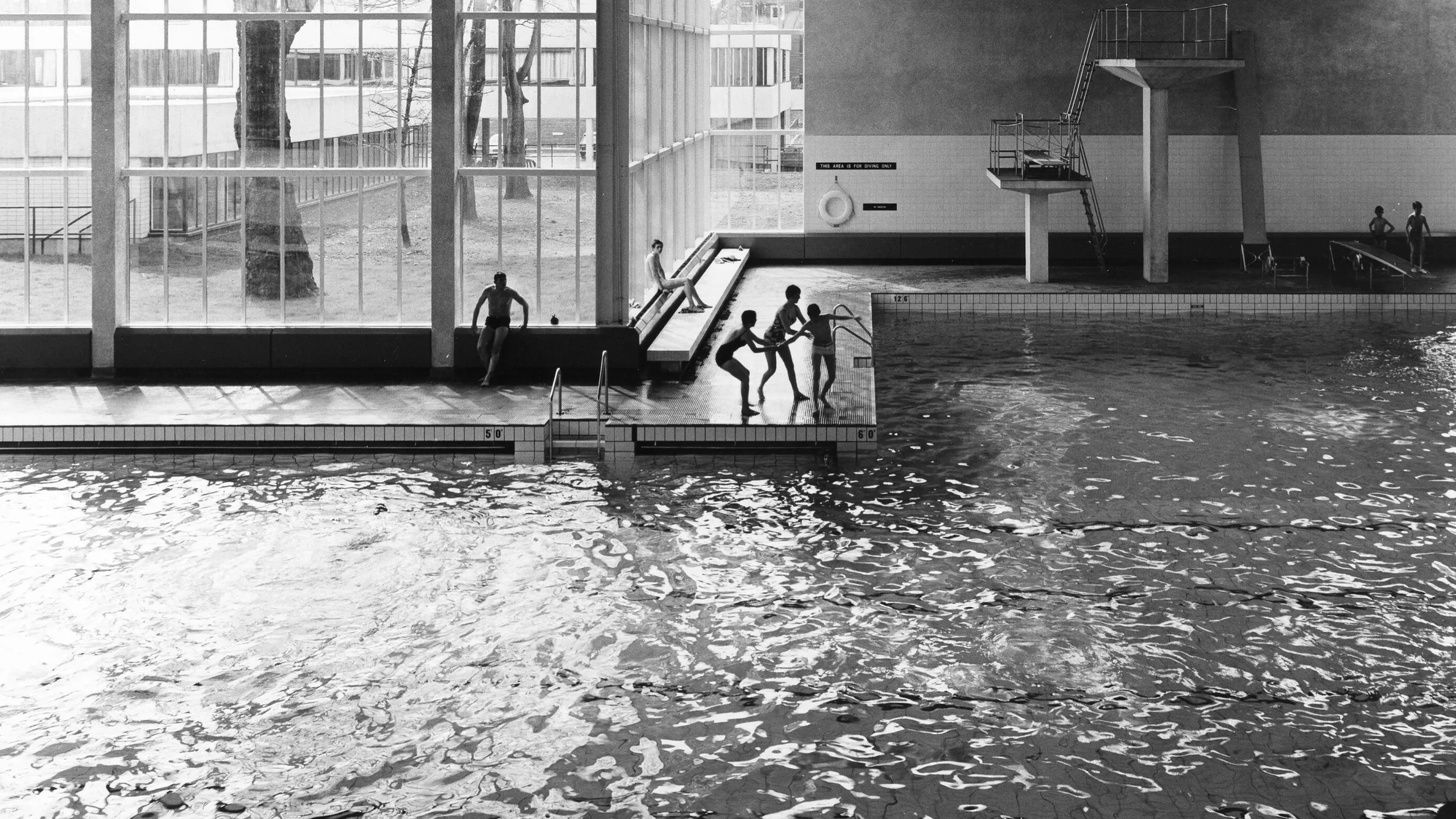
Putney Leisure Centre, opened 1968
After the austerity of the post-Second World War (1939–1945) years, the 1960s brought a rush of pool-building. This pool in south-west London was designed by the same architects behind the Skylon, the soaring structure built for the 1951 Festival of Britain. The main pool is L-shaped and has a viewing gallery for more than 350 people. Its diving boards over the main pool are still in use – a rarity for pools in London.
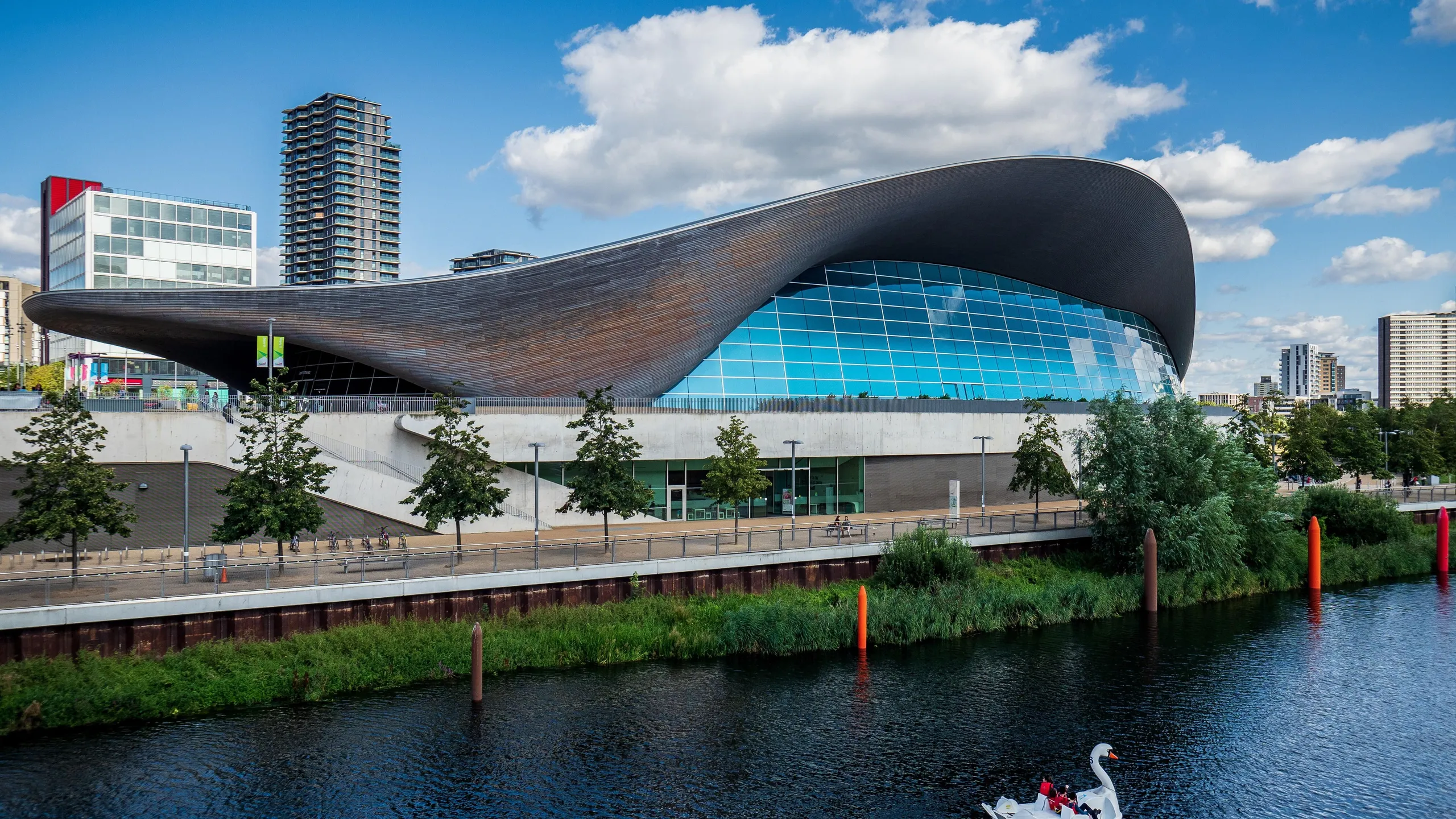
London Aquatics Centre, Stratford, opened 2014
We finish with the swimming centrepiece of the London 2012 Olympic Games. Designed by Zaha Hadid, the London Aquatics Centre’s undulating form is a truly 21st-century piece of architecture. After the games, its two 50-metre pools, diving pool and gym were all opened to the public.


